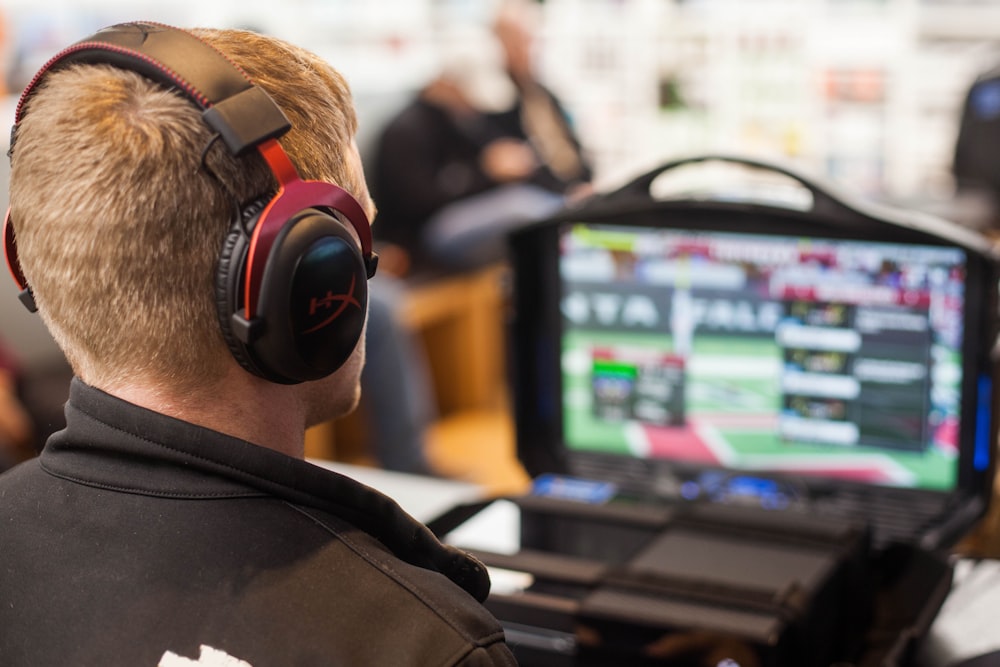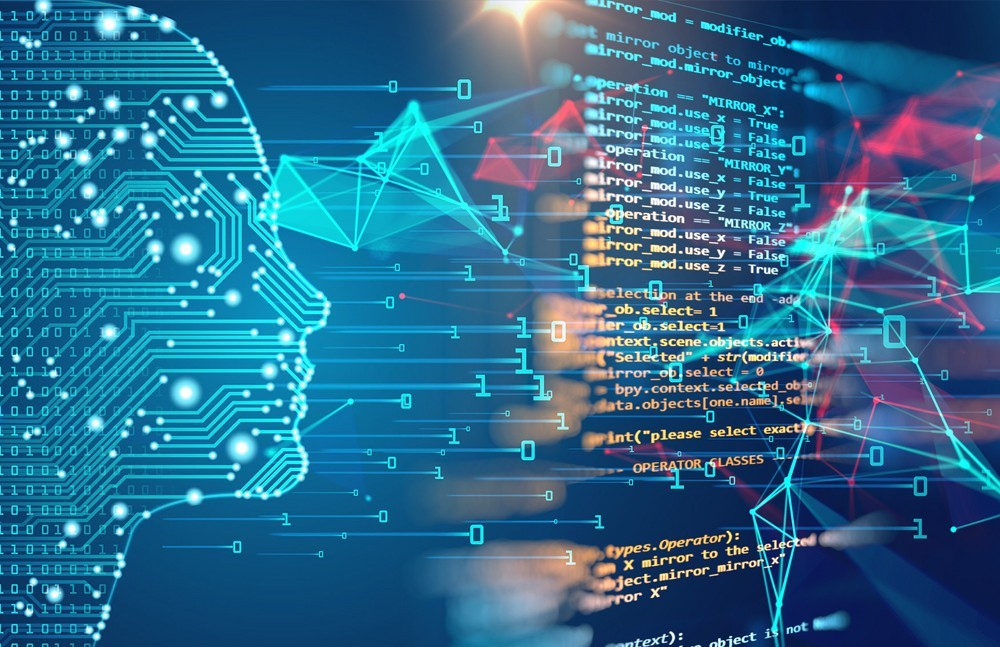Gamification – A Necessity Or Luxury For LMS systems?
Modern workplace training increasingly relies on learning management systems to keep up with the demands of the modern workplace. They’re helpful for a variety of reasons, and their gamification is just one of those reasons. In today’s e-learning environments, you can choose from several different games.
While technology and virtual games are relatively new, games have long been utilized as a tool to educate and develop participants’ thought processes and tactical abilities. Learning chess, for instance, was once recommended for soldiers because of its strategic advantages.
Learning can be gamified by incorporating game mechanics and strategies into traditional educational settings. Numerous scientific studies have demonstrated that adding play elements to our regular life positively affects our emotional well-being. Gamification can produce remarkable outcomes if used effectively.
Ways To Include Gamification In Learning Management Systems
The term “gamification” refers to the practice of utilizing a user’s intrinsic motivations to acquire knowledge, make friends, challenge others, and improve one’s abilities. Originally, gamification was meant to encourage players by providing them with benefits within the game itself.
Its secondary purpose was to inspire healthy competition among the other players to raise everyone’s overall skill level. Adding aspects of gamification to learning management systems is one way games improve education.
Video game designers have been providing amusement, knowledge, and immersion for players of all ages for generations. Features of gamification are essential to learning management systems and other interactive learning platforms. The following are some of the ways learning management systems incorporate gamification:
1. Leaderboards
Of course, scoreboards are utilized to show participants’ names and their current standings in the class. The main purpose of this is to highlight the game’s top players. Leaderboards are a simple yet effective way to assess the progress of individual learners against that of their peers.
It’s important to consider the potential benefits and drawbacks before using leaderboards. The goal is to inspire learners who are within striking distance of a victory over their peers. When it comes to learning, it’s not always about where you sit on the leaderboard; sometimes, it’s just about passing your fellow learners.
2. Badges
Achievements can be proudly shown through the use of badges in learning management systems, which also serve to motivate learners. In most cases, participants need to gain experience and accumulate points for gamification to be effective. Badges are visual representations of a learner’s progress toward and completion of specified goals and/or proficiency levels.
Badges are typically given out after a player reaches a specified point total in a specific segment of the game. Earning badges is a great way for learners to show their progress and work toward specific objectives. Similar to points, badges let users know how well they’re doing.
Furthermore, a learner’s actions can be influenced by badges because they are awarded for completing a set of challenges or performing a set of tasks. Not only that, but users may feel compelled to work more for badges that are more challenging than average.
3. Graphs
A large percentage of learning management system games employ graphs that evaluate a learner’s progress relative to their previous outcomes. Graphs, like leaderboards, allow participants to evaluate their performance in comparison to that of their peers. The information they reveal about an individual’s progress over time is invaluable.
Unlike leaderboards, which rely on social and communal comparison measurements, graphs typically employ user-defined comparison metrics. Visual aids show learners how they’re doing and help them do better in the long run. Graphs are also helpful in training since they encourage learners to learn and understand a topic thoroughly.
4. Avatars
A user’s avatar serves as a graphical representation of themselves in a virtual game. In most cases, users have the freedom to select and design their own avatars. These pictures can be static portraits, pictograms, or even moving 3D models of the participants.
Using an avatar, a person can present themselves more constructively. Further, this unique online persona distinguishes them from the crowd. Users’ ability to relate to and recognize each other within the game is greatly enhanced by the use of avatars.

If you or someone you know is looking for a learning management system that offers gamification, then Atrixware’s Axis LMS is your best option. Axis LMS is an affordable and cutting-edge solution that can work as a learning management system for businesses, a learning management system for manufacturing, and a learning management system for associations.
Contact them to learn more about their solutions.






